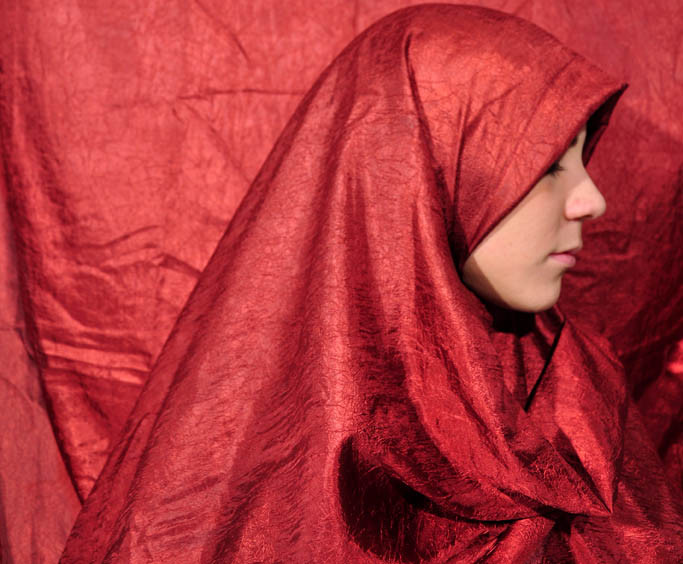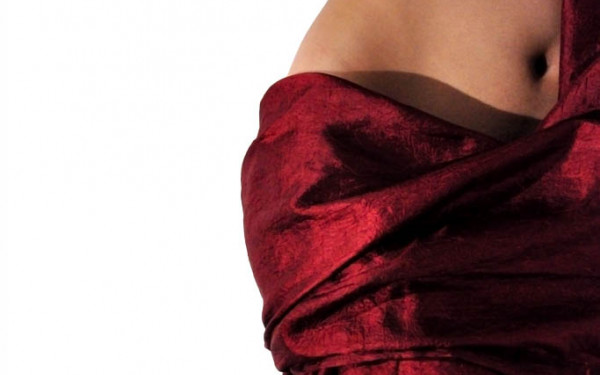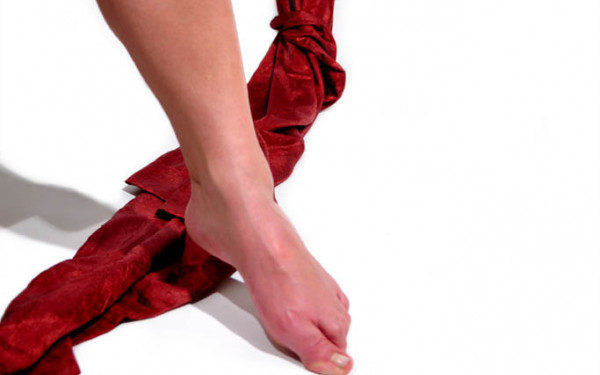Imagining the Veil
Muslim Women in Global Contemporary Art
“The veil is on the wrong side in the ideology of modernity. It stands for backward tradition as opposed to progress, misogyny as opposed to female emancipation, totalitarianism as opposed to democracy, superstition as opposed to science, and so on.”
These were some of the words that echoed from postdoctoral fellow Valerie Behiery at Concordia’s Simone de Beauvoir Institute during their Feminist Café speakers series March 2.
Discussing the depiction of the veil in contemporary art, Behiery—who is working towards a doctorate at the Centre d’études ethniques des universités Montréalaises, a research centre for ethnic studies based at the Université de Montréal—is one of the few scholars that have submerged themselves in this subject in order to challenge the stereotypes of Muslim women and Islam.
Though it has been deconstructed in various academic disciplines, from sociology, to anthropology, postcolonial studies, women studies and even fashion studies, Behiery explained that not much work has been undertaken looking at the meanings and the functions of the veil in contemporary art.
But a sudden burgeoning of veils in the scene, she said, may be credited to the factors of globalization and a notable increase of non-Western artists and the expansion of an art scene throughout the Muslim world.
At the talk, Behiery examined the discrepancy between the images of the veil that are brought forward in contemporary art and those that are still found in mainstream media culture.
Sadly, she said, the veil in the West still stands for the woman who is oppressed, acting as sort of a “visual shorthand” for all of the things that the West associates with Islam and the Muslim world—a symbol which is seen and perceived as the antithesis of the Western emancipated woman.
“It is a very simplistic worldview,” she said. “Either you’re an oppressed Muslim woman or you’re an emancipated female.”
Despite this, she said, the veil in contemporary art helps to redefine the faux concept of the veil—reshaping the world in step with other changes, such as the rise of non-Western superpowers, the fact that there’s a growing awareness that we all have complex and plural identities, and the increasing “transnationalization” of identities in a growing globalized world.
The veil, she said, is increasingly being used to remap our identities and conceptions of the world. It reminds us “we’re no longer in ‘the West and the rest’ sort of paradigm,” she said, “[but that] we live in a pluralist world.”
Uncovering the possible spaces of communication, Behiery said that the image of the veil in contemporary art “offers tools that will help us redefine our cultural screen and collective filter—and also our collective identities. [Its presence resonates] in a way that it’s more coordinated with our contemporary realities.”
The SDBI’s next Feminist Café takes place March 23rd with Lillian Robinson Scholar M.J. Thompson from 1:30- 2:30 p.m. in MU 101. For more information, check out wsdb.concordia.ca
This article originally appeared in Volume 31, Issue 25, published March 8, 2011.


_600_832_s.png)

_600_375_90_s_c1.jpg)


